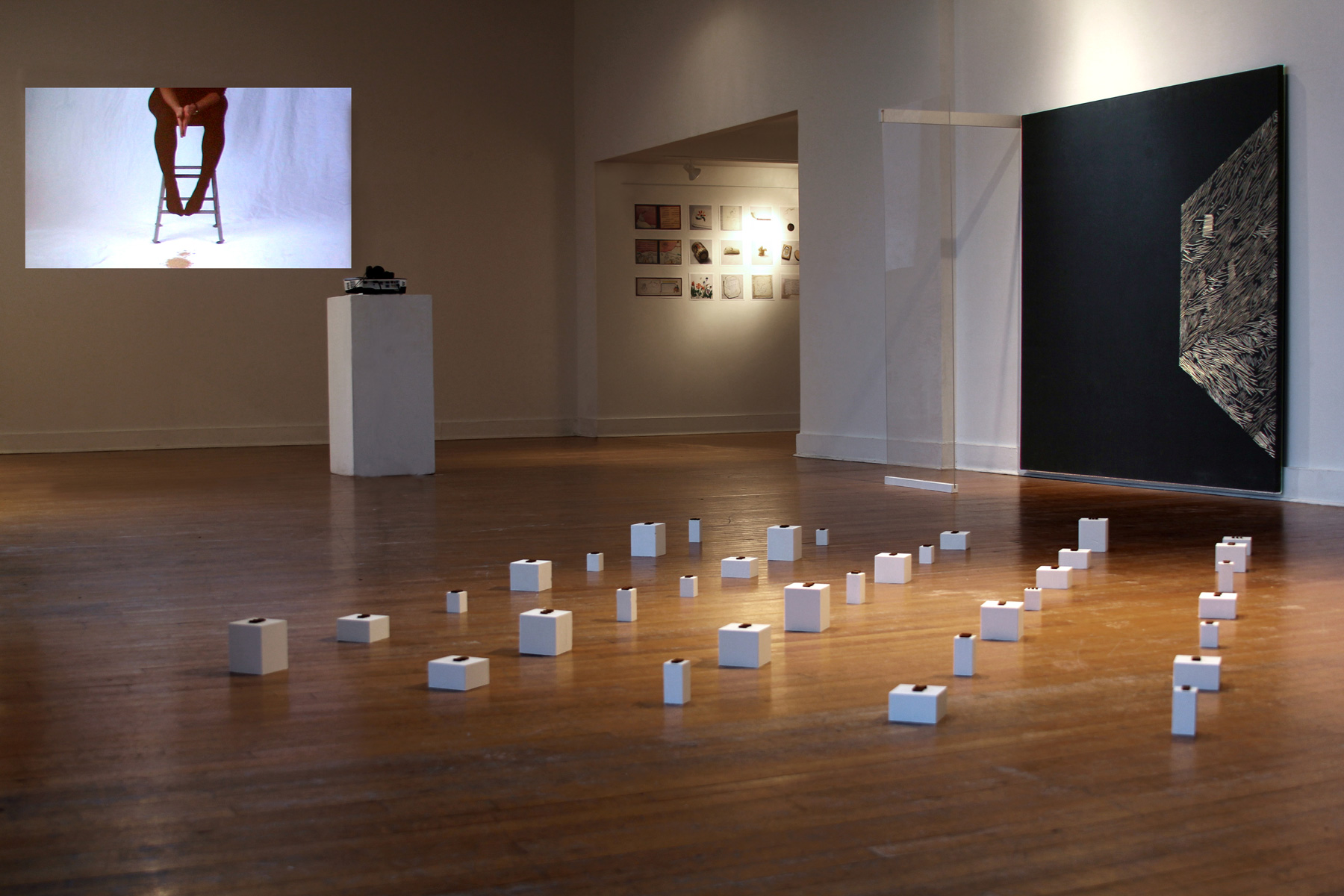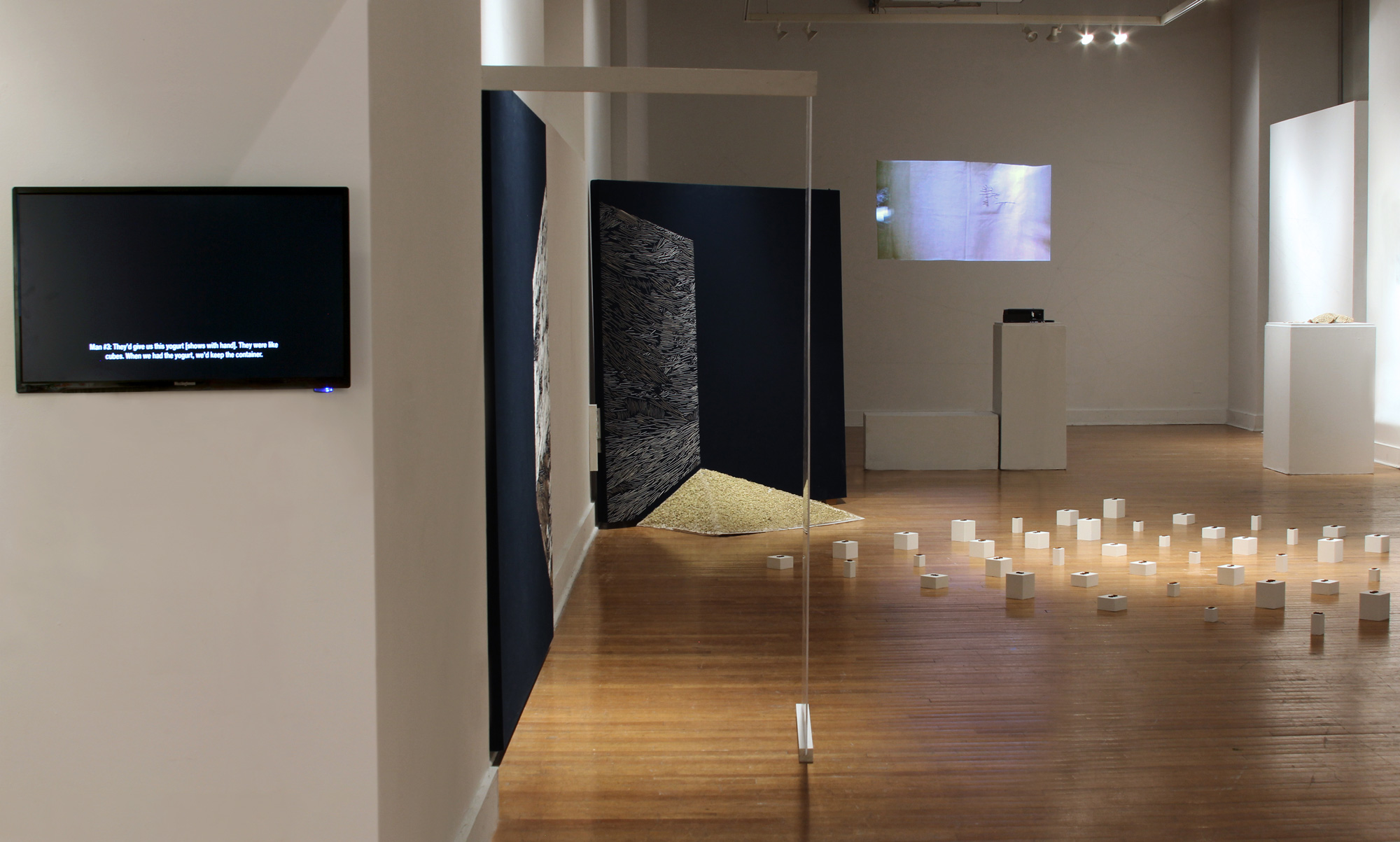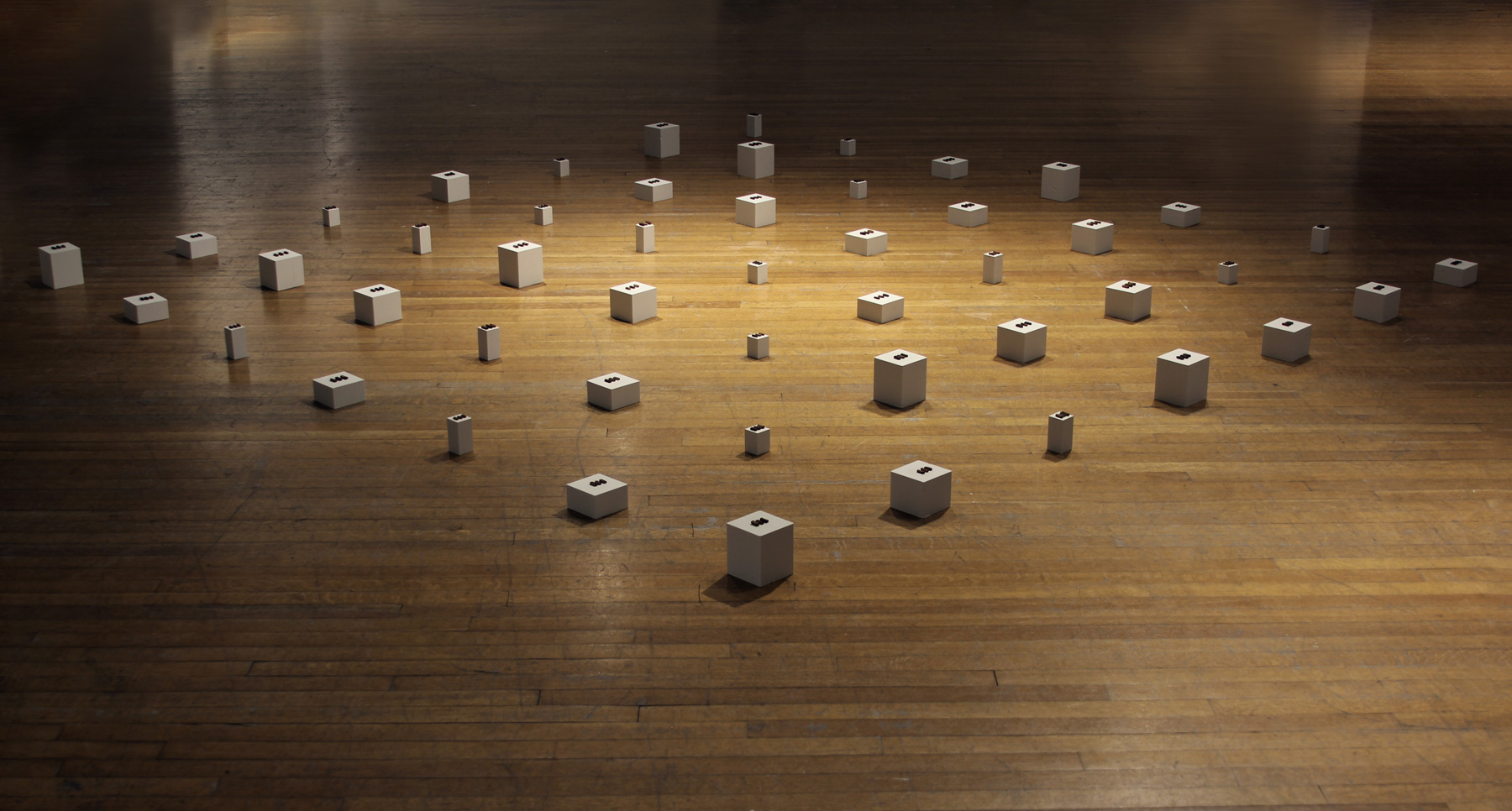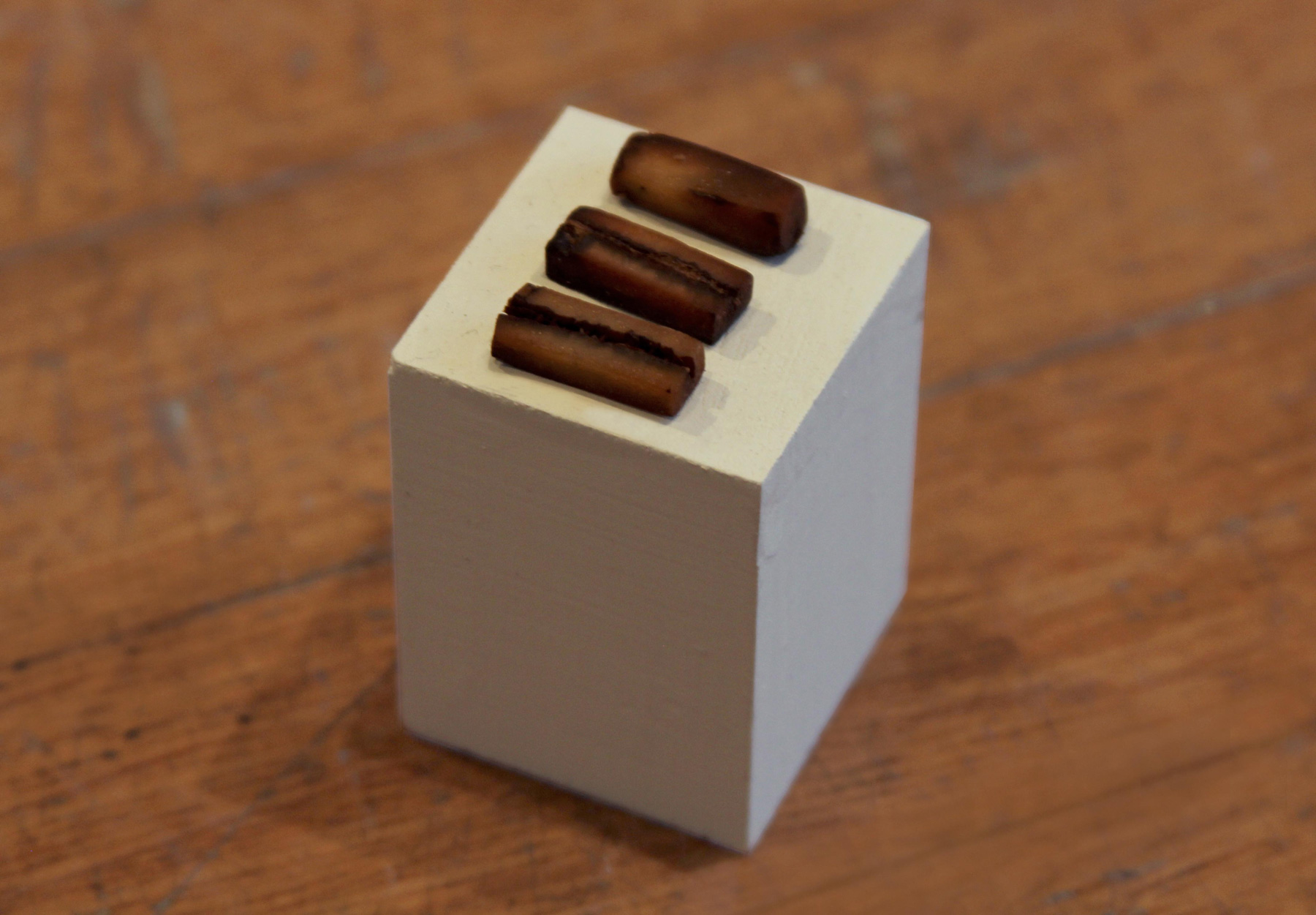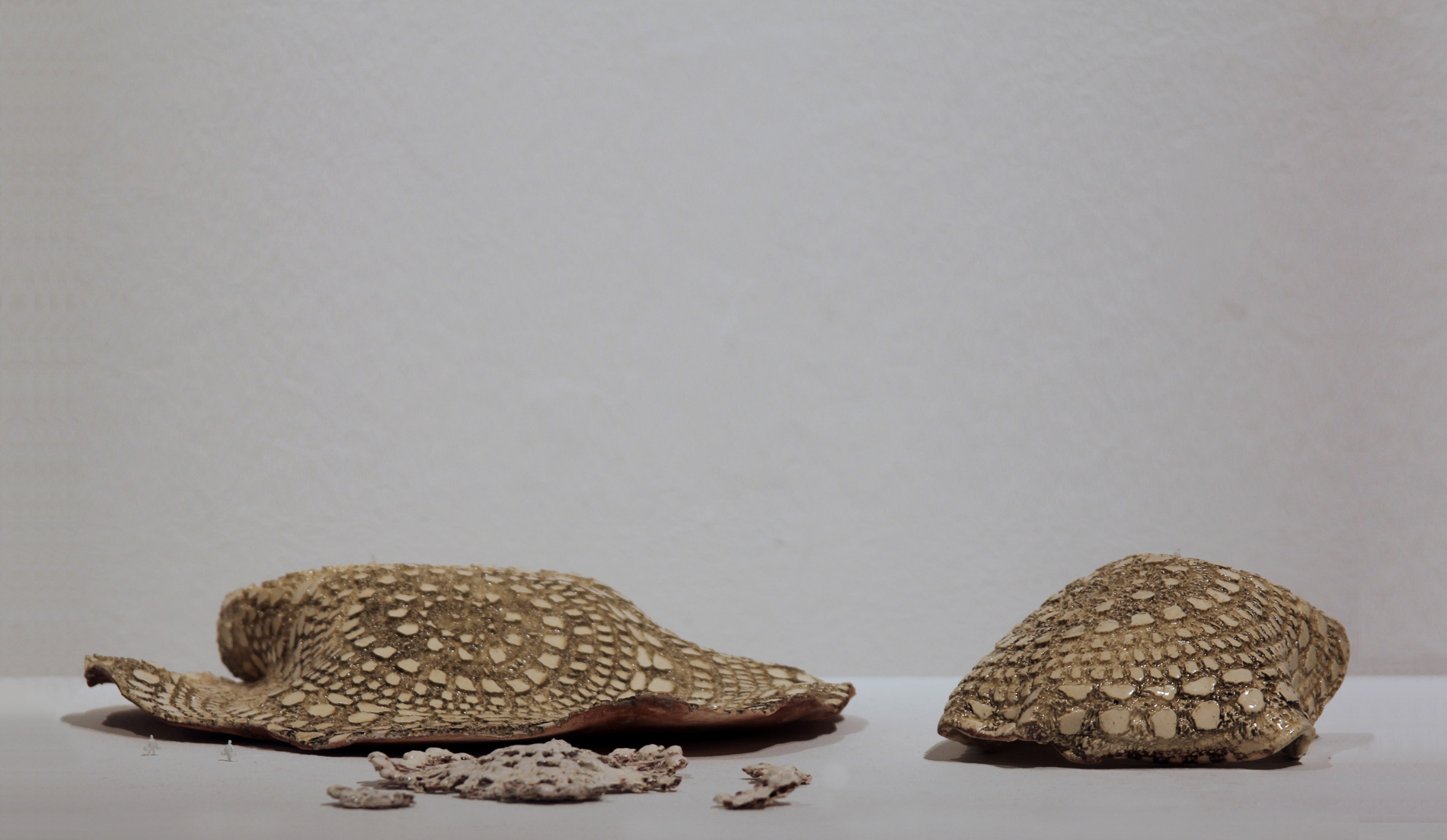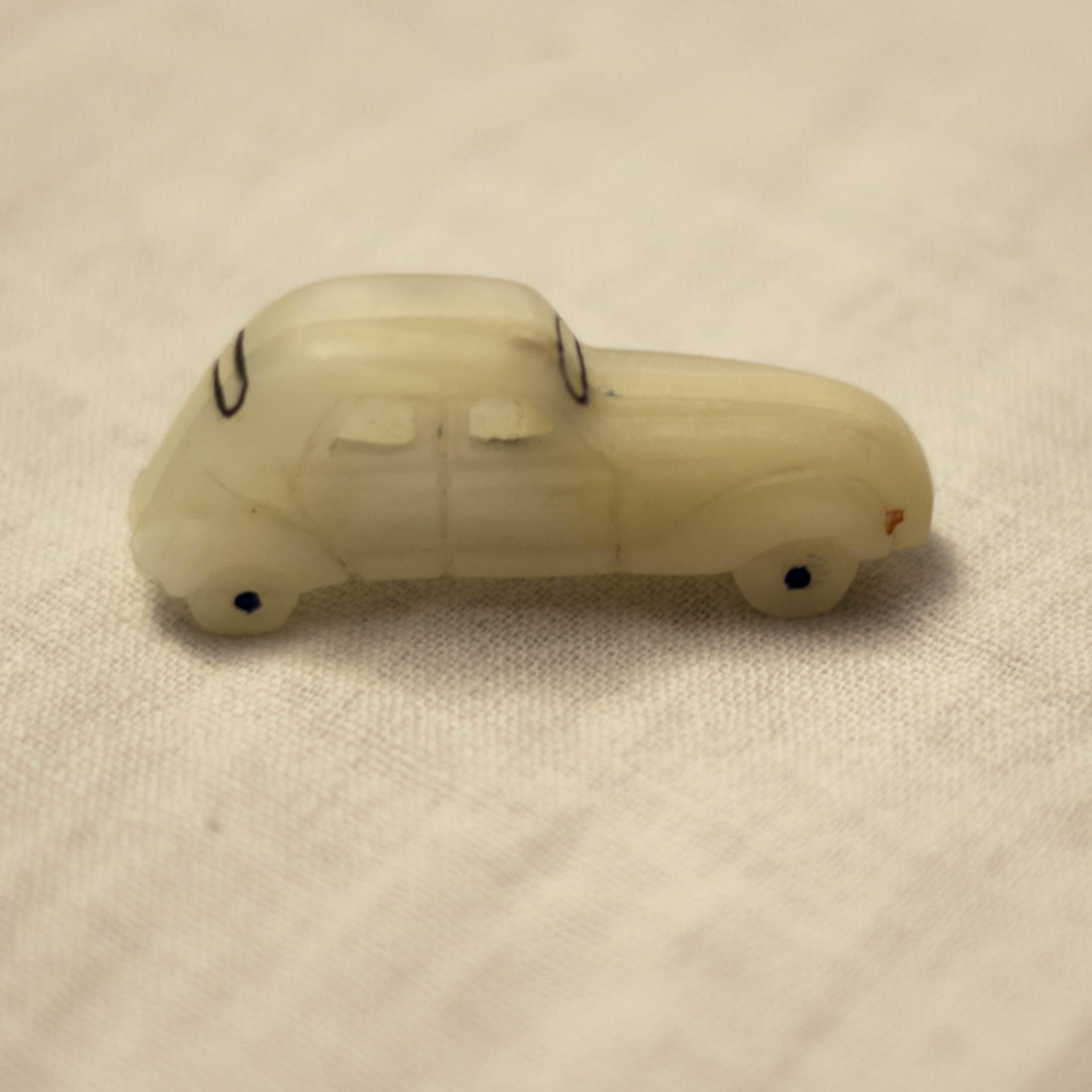Makrs On the Margin
Soon after the 1979 revolution in Iran, participating groups started to face suppression by the ruling government. A large group of people who’d taken part in overthrowing the monarchy, within a span of few years, ended up in prison, caught under the shadow of imminent execution that started abruptly (and unofficially) towards the end of the Iran-Iraq war.
Marks on the Margin is an effort to activate the personal stories of these people by repurposing their strategies of resistance within the confines of their cells; stories that exist alongside a broader official historical narrative and are considered marginal and personal. I approach the project through material objects that these former political prisoners made, the generating strategies underlying these objects and their background stories. These objects are regarded as alternative narrators of a history that is not recorded and discussed without being subject to censorship, though able to actively engage the present.
By interviewing some of these prisoners, I tried to discover their strategies and resolutions to survive the forced situation, strategies such as repurposing the tools they had and recycling any available material (usually from their daily life in prison) into souvenirs for their loved ones, or objects that reshape their temporal experience. Objects that would bring meaning to their tedious lives, make the grey prison cell more livable, organize and order time in the absence of choice or clear vision about their future. Or methods to maintain as much communication as possible, whether with other prisoners or with the world outside of the prison by using Morse code, miming alphabets or writing letters. Perceived as strategies to “escape” the cell, I examine the ways these elements still exist or repeat in present time and affect me, given the marginalizing forces on the one side and the resistance against erasure on the other. These are some of the strategies that prisoners used to survive and keep their sanity in their situation. Their resolutions come out of necessity and desperation and are very simple, yet very powerful in resisting the pressure. They represent strong survival impulse against repression, fear and determinism. Through performance and reenactment of someone else’s physical experience, some visible in the picture frame and some through the lense of the camera, I explore such internalized memories and investigate my relationship to them.
Cargo Collective 2017 — Frogtown, Los Angeles

